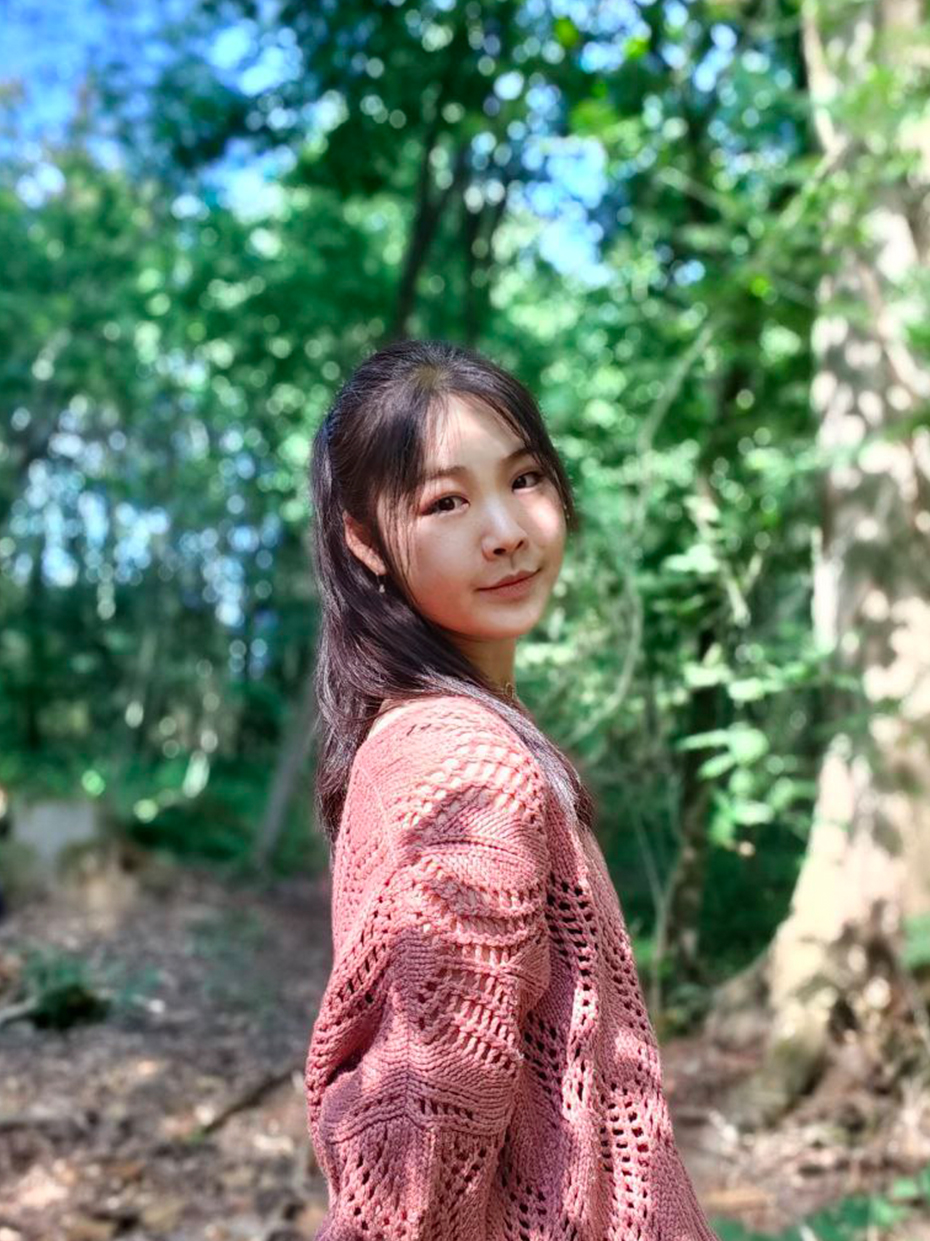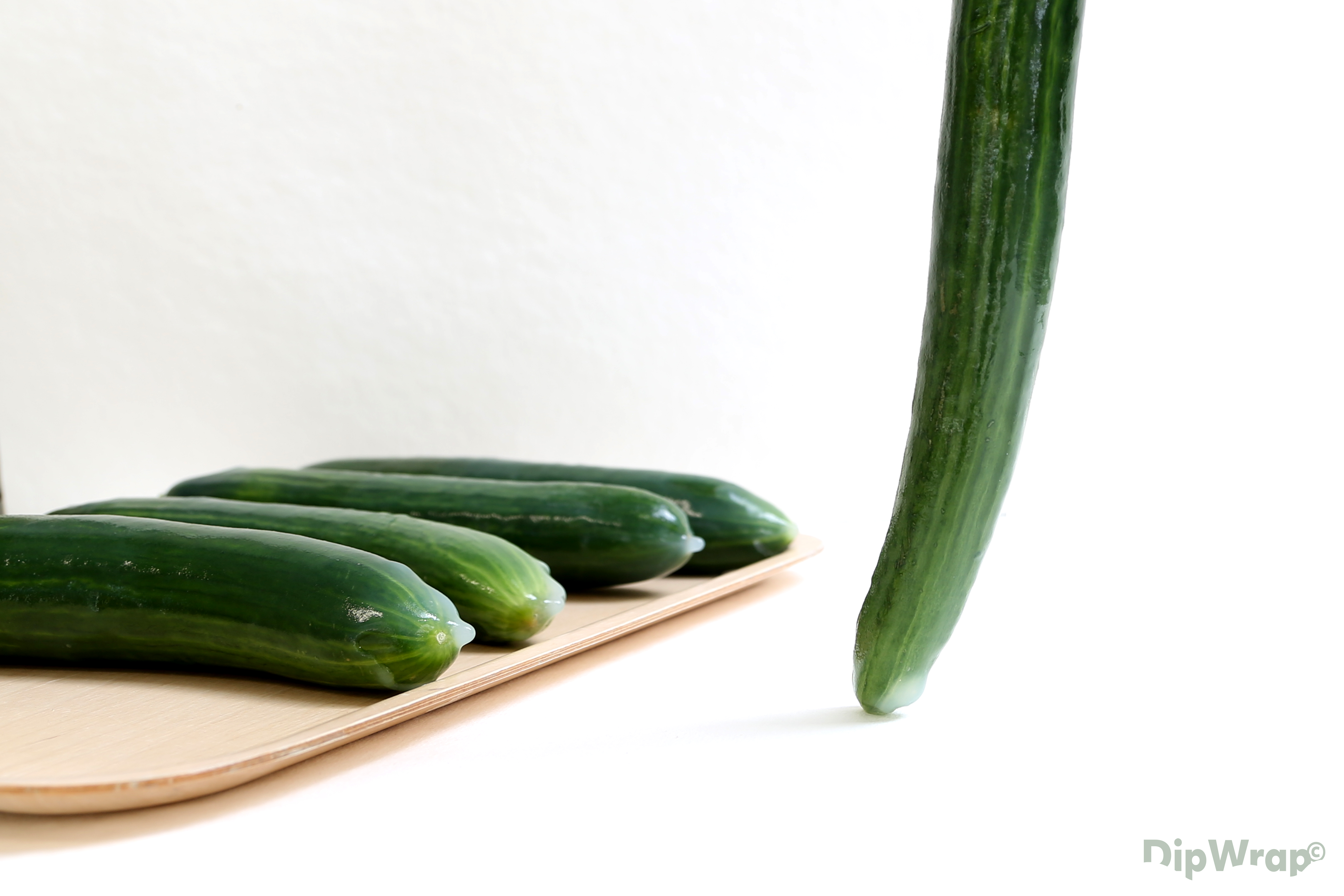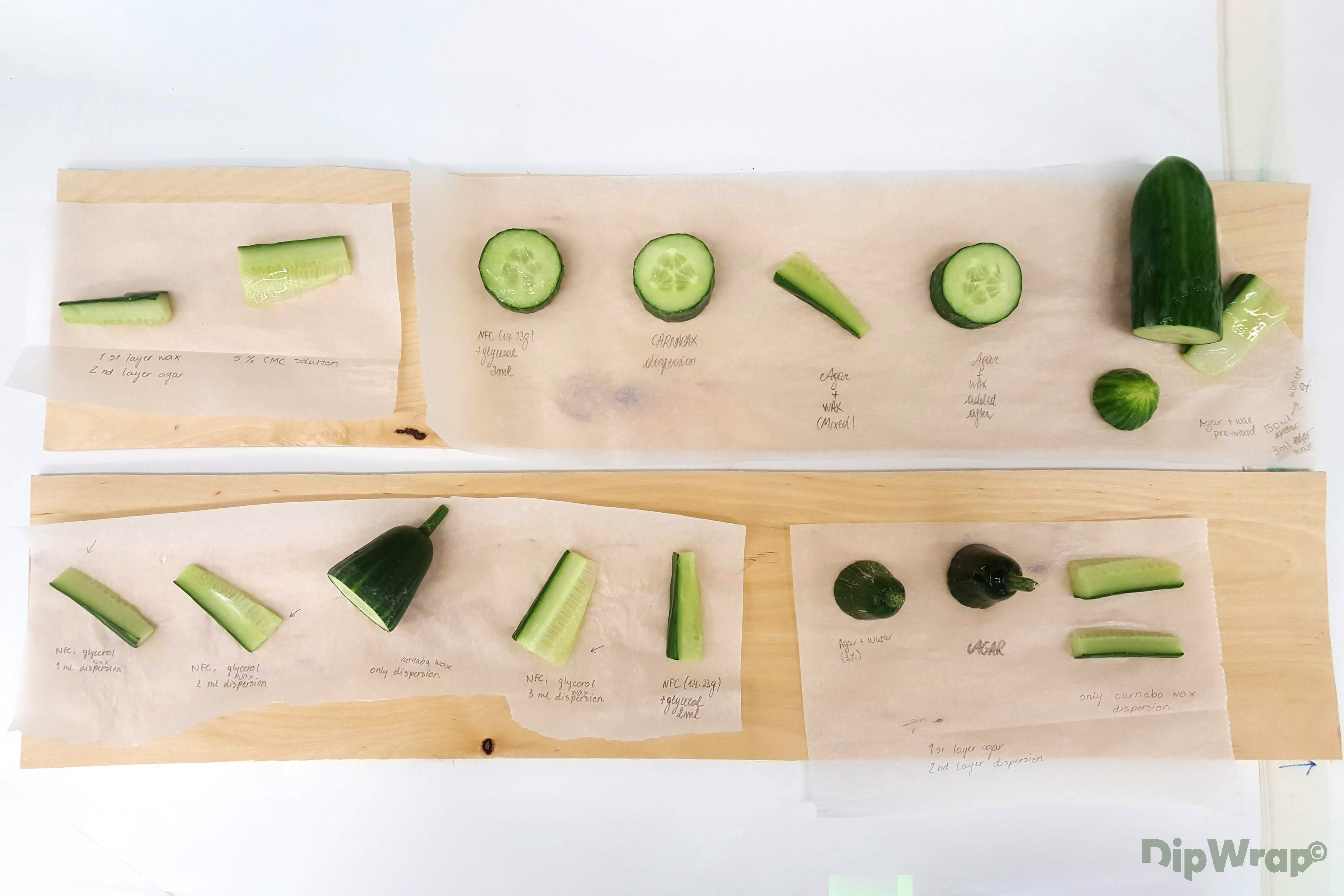From award-winning food packaging to researching biodesign spaces
From an early age, Ena Naito was drawn to both the sciences and design. CHEMARTS became the perfect place to bring those two worlds together.
From an early age, Ena Naito was drawn to both the sciences and design. CHEMARTS became the perfect place to bring those two worlds together.

“CHEMARTS offered a unique opportunity where my interests in science and design could merge,” Ena says. “It’s a supportive space that validates designers who work with scientific knowledge and protocols, and encourages you to draw from diverse approaches, from artistic work to research papers.”
During 2021, Ena was a Masters of Arts in Contemporary Design student. She completed Design Meets Biomaterials, the CHEMARTS Summer School, and the CHEMARTS Project, all within the same year. What started as a tiny thought experiment during her coursework, a biodegradable, dippable packaging concept for fresh produce, grew into DipWrap, a project that gained global recognition.

Developed with three Chemical Engineering students, DipWrap won the Biodesign Challenge for Aalto University and was later showcased at Slush 2021 and featured in Aalto University News.
“I never imagined that a small idea could evolve that far. Working with experts, and presenting our concept to such diverse audiences, was truly inspiring.”
For Ena, the most rewarding part of CHEMARTS was its interdisciplinary teamwork and experimental culture.
“In our team, we combined scientific grounding with experimental creativity. The CHEMARTS Lab fosters a learning-by-doing approach, where even accidental findings can become the key results.”
As the only design student in her Biodesign Challenge team, Ena’s role was often to ask “what if?”—pushing the project into new and unexpected directions.

Since then Ena has worked at Aalto University as a design researcher. Her doctoral research examines the spaces where biodesign takes place – such as labs, makerspaces, studios, and gardens – and calls for an expanded engagement with biodesign as an approach.
She has also worked on CoCoon: Co-Creating Greener Futures, an EU-funded project that brings together five European universities and research institutions. The project develops methodologies and processes to empower sustainable ways of making, as well as advocating innovative use of bio-based materials.
“CHEMARTS introduced me to everything about biodesign. I wouldn’t be where I am now without that experience.”
In the context of the CoCoon project, Ena has developed and run the BioMakerStudio, a pilot of a maker-studio environment to design with living matter at Aalto University campus.
Her work allows her to stay at the intersection of design, sustainability, and education, bridging academic research with creative practice.
“My work encourages me to learn something new every day, from emerging biomaterials to policymaking. It feels like an extended version of my master’s studies, but within a larger international team.”
Ena’s future ambitions lie in creating safe spaces for interdisciplinary learning, places where design, science, and culture intersect freely.
“I want to help others find belonging within disciplinary grey zones, between design and chemistry, or material science and poetry. That’s why I often say I approach design like an alchemist.”
“Take risks, experiment, try things out. Don’t worry about defining your practice too early—let it evolve. You’ll have supportive people around you who’ll help you navigate all the ups and downs, so take the leap into the unknown.”
And for anyone thinking about CHEMARTS:
“You don’t need to be an expert in material science or have lab experience. Just bring your curiosity. CHEMARTS is where you can collaboratively turn those curiosities into something tangible.”
Interested in studying CHEMARTS courses? Apply to Aalto University.